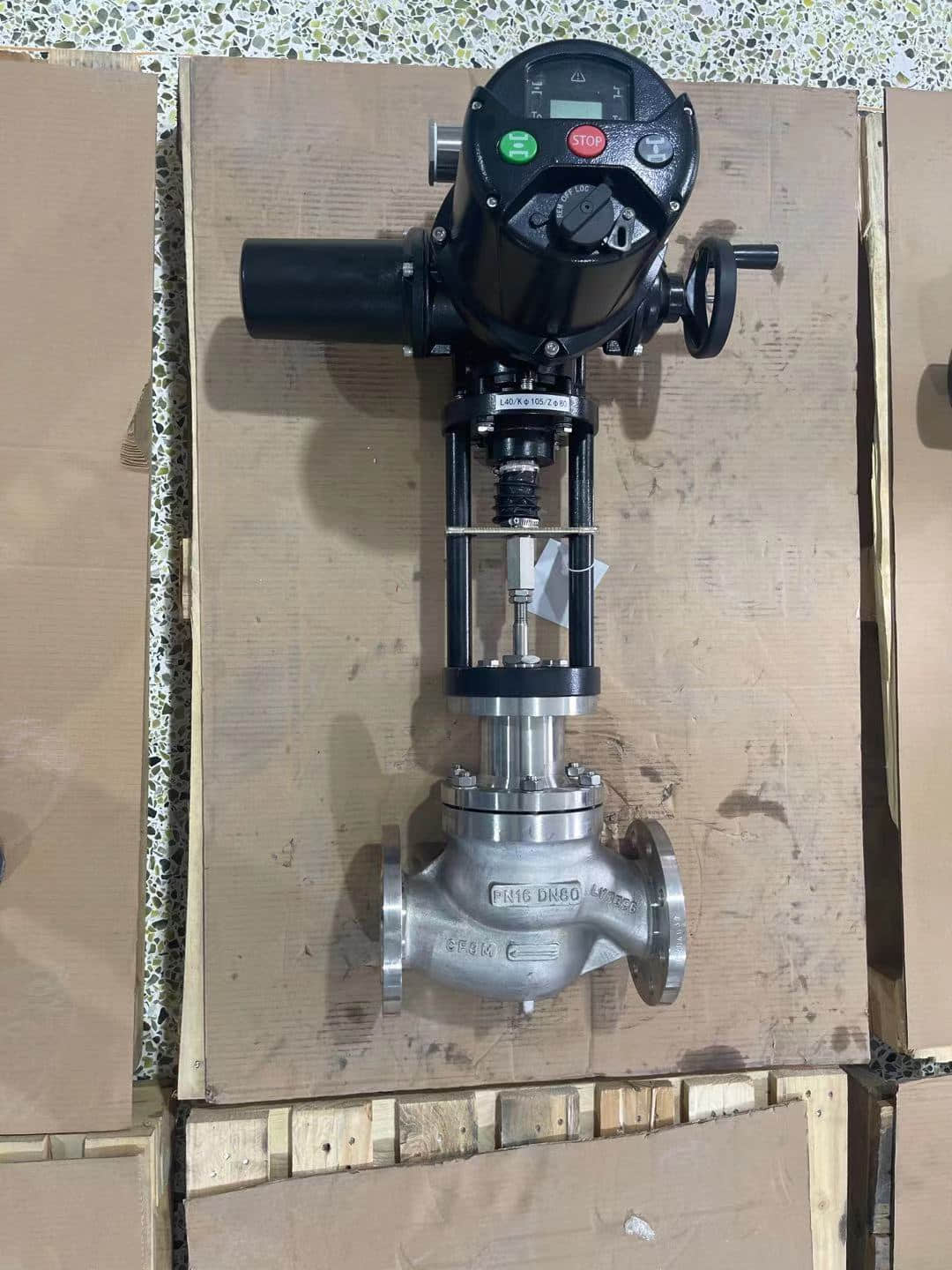understanding the electric two-seat regulating valve: functionality and applications
Release time:2024-12-07 22:12:17
In various industrial processes, the regulation of fluid flow is crucial for maintaining system efficiency and safety. One of the most effective tools for achieving this is theelectric two-seat regulating valve. This article explores the design, functionality, and applications of electric two-seat regulating valves, highlighting their importance in modern automation and process control.

Design and Structure The electric two-seat regulating valve is characterized by its unique design, which features two seating surfaces and an electric actuator. The valve's body is typically made from robust materials such as stainless steel or brass, ensuring durability and resistance to corrosion. The two-seat design allows for enhanced sealing and better control of flow rates, making it ideal for a wide range of applications.
At the heart of the valve is the electric actuator, which transforms electrical energy into mechanical motion. This actuator is often controlled by a control system that adjusts the valve position based on the desired flow rate or pressure. The actuator can be of various types, including stepper motors or servomotors, providing flexibility in control strategies.

